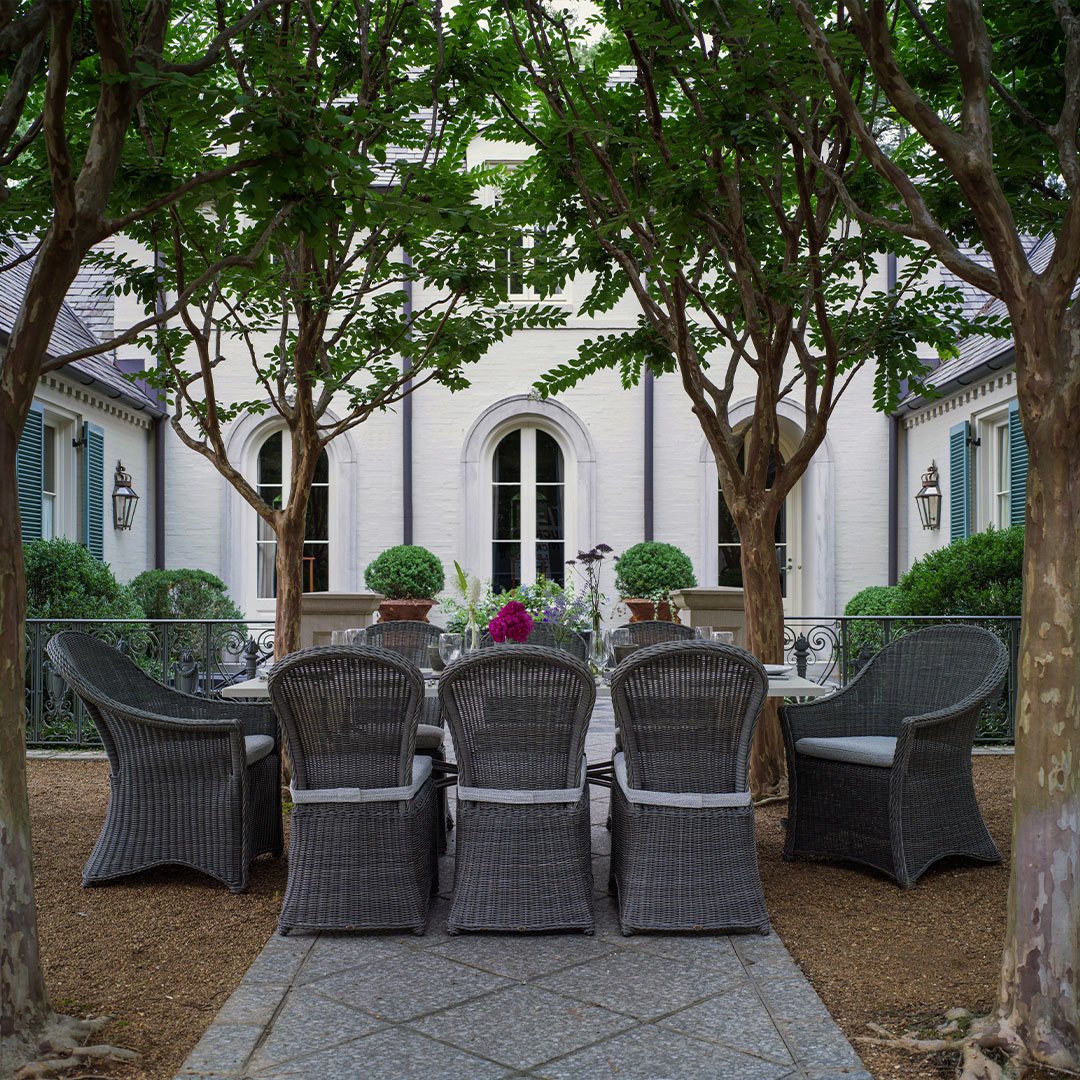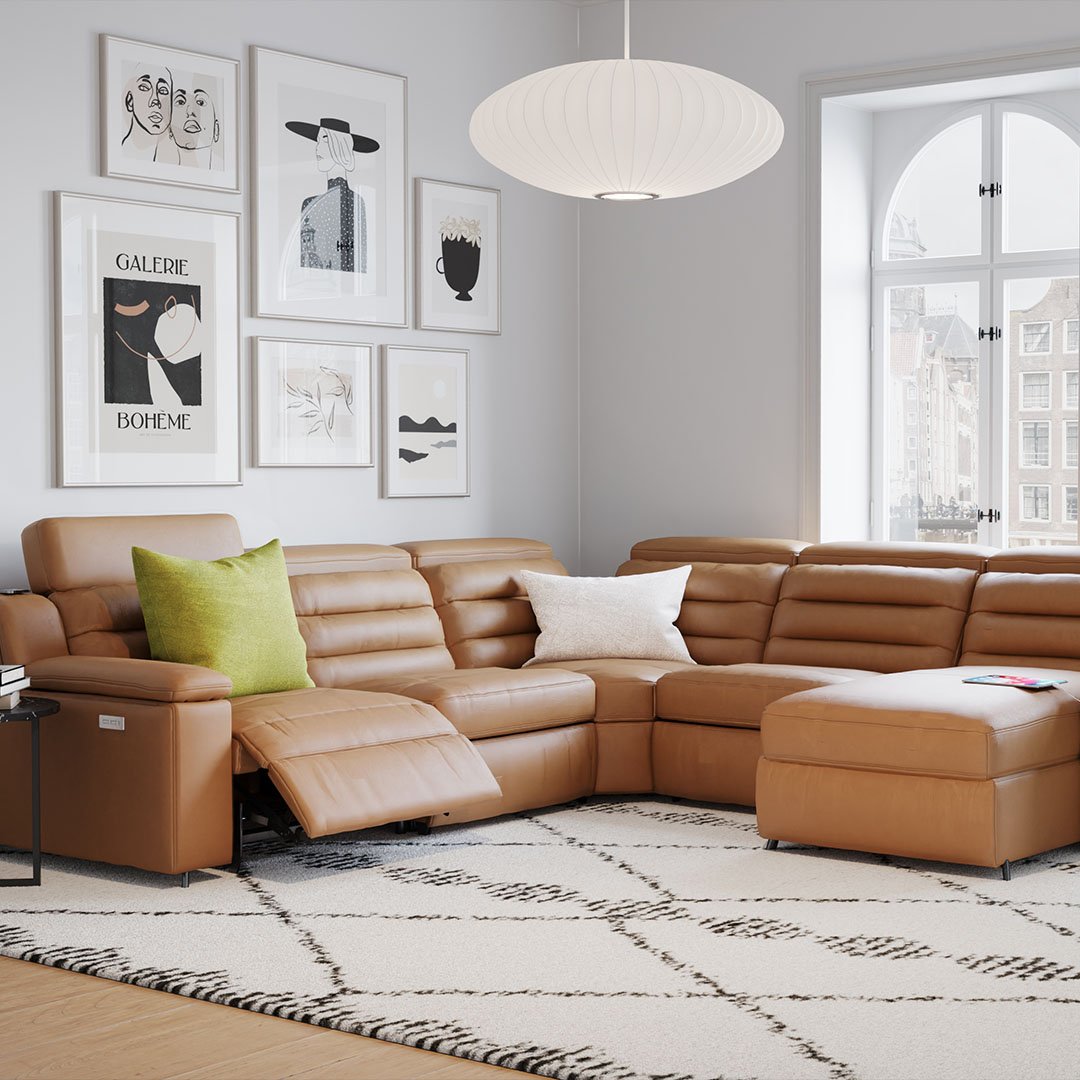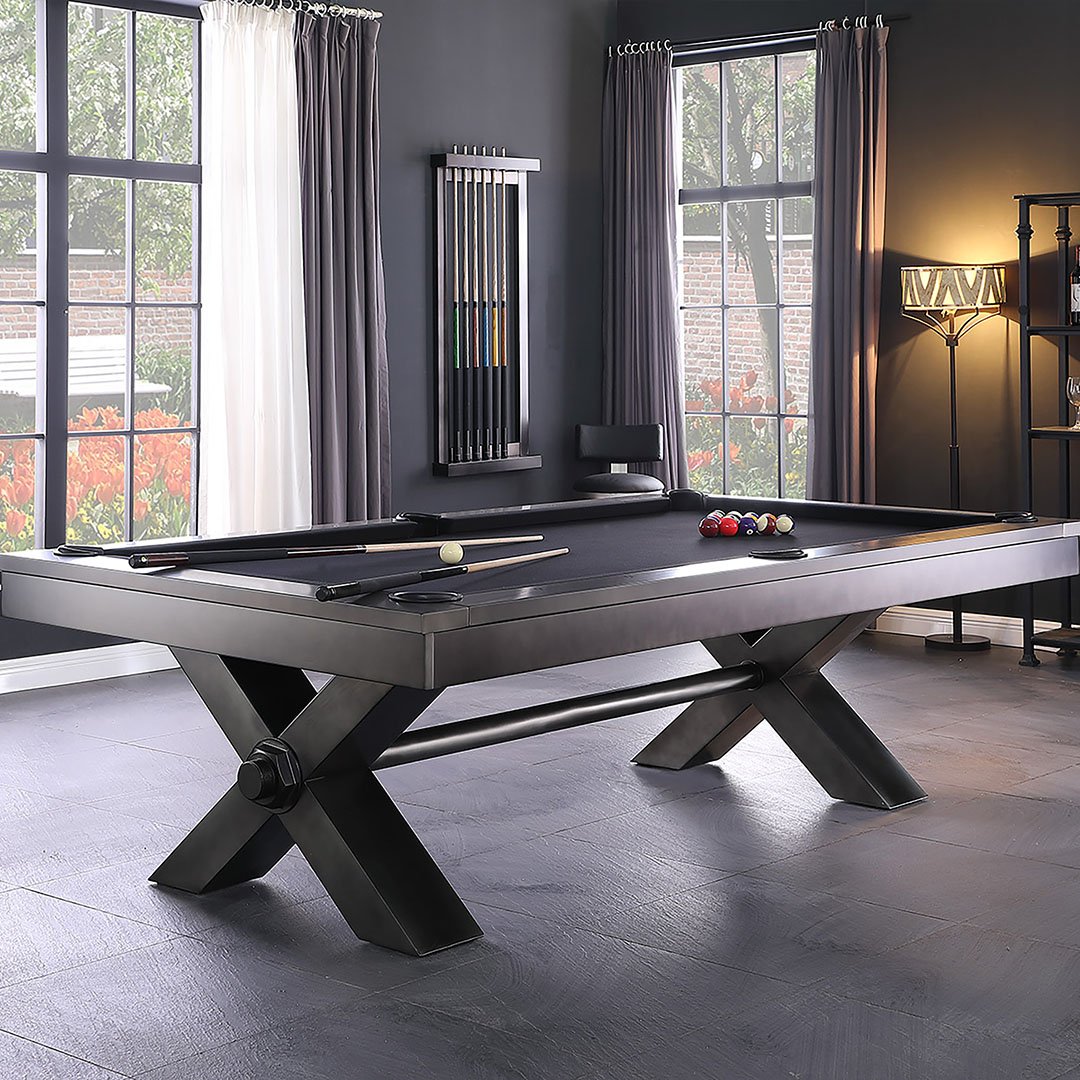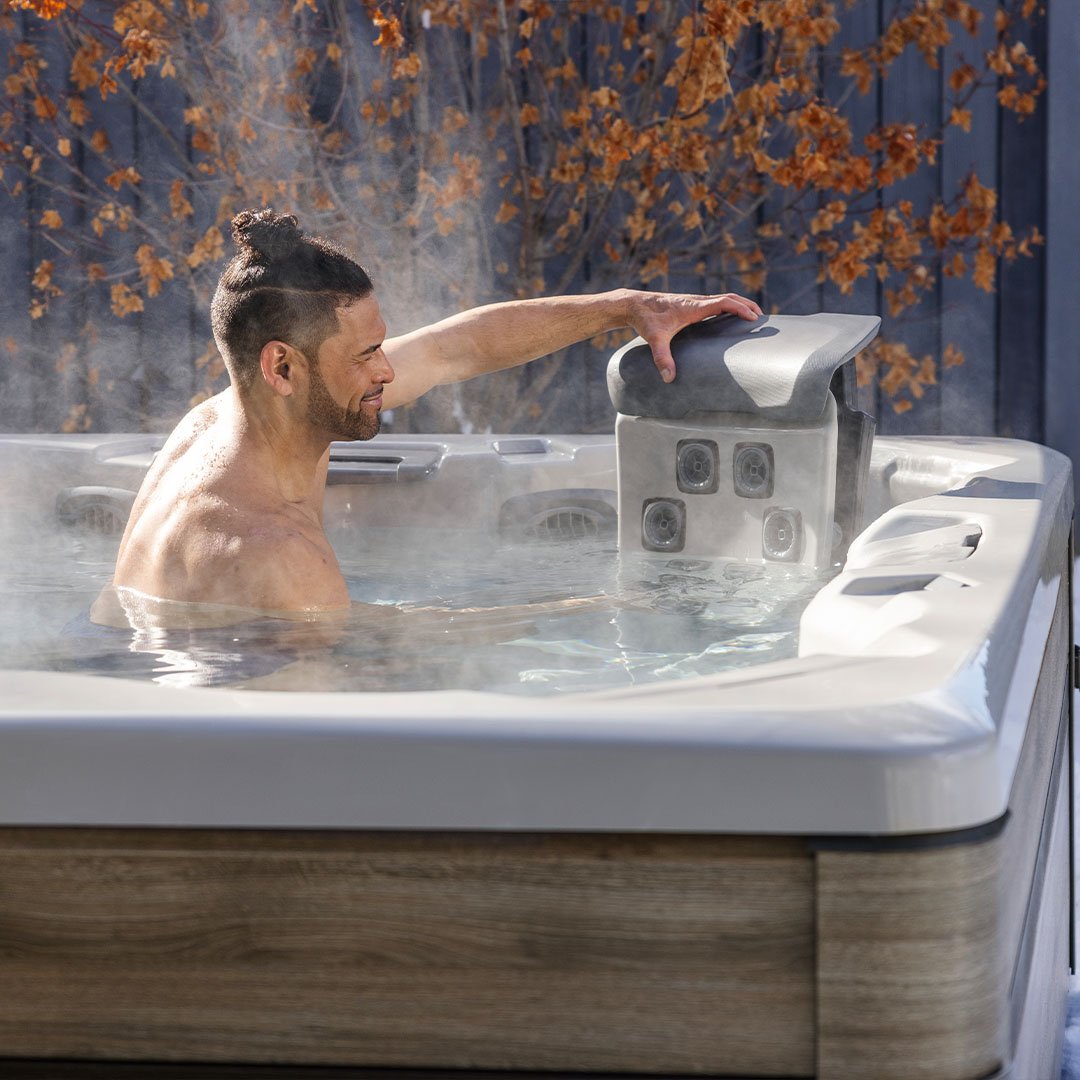Outdoor Comfort Redefined: The Rise of Ergonomic Outdoor Furniture
Outdoor living spaces have become extensions of our homes, as popular for relaxing and entertaining as any room in the house. With this shift comes a demand for the same creature comforts outside that we enjoy indoors. Ergonomic outdoor furniture designed for optimal comfort is reshaping our experience.
Understanding the Concept of Ergonomic Outdoor Furniture
In recent years, there has been a significant shift in the way people perceive and use their outdoor space. No longer just an extension of the indoors, outdoor areas are now seen as valuable and versatile living spaces. This evolution in mindset has led to the rise of ergonomic outdoor furniture, which prioritizes comfort, functionality, and style.
Ergonomic outdoor furniture goes beyond traditional patio furniture and redefines outdoor comfort. It takes into account the ergonomics of the human body and aims to provide optimal support and relaxation. Whether you have a spacious backyard, a cozy balcony, or a small patio, incorporating ergonomic furniture into your outdoor space can transform it into a haven of comfort and enjoyment.
Outdoor gazebos, patio furniture, outdoor benches, bar furniture, and pool furniture are just a few examples of the range of ergonomic outdoor furniture available in the market. These pieces are designed with careful consideration of human anatomy and movement, offering superior comfort and support.
Distinct Characteristics of Ergonomic Outdoor Furniture
- Design and Structure: Ergonomic outdoor furniture often features thoughtful design elements that prioritize comfort and relaxation. From curved backrests to contoured seats, these pieces are crafted by outdoor furniture manufacturers to support the natural curves and movements of the body. Additionally, adjustable features such as reclining mechanisms and height adjusters add to the overall functionality and customization of the furniture.
- Materials and Durability: Outdoor furniture needs to withstand various weather conditions, such as heat, rain, and UV rays. Ergonomic outdoor furniture is typically made from durable materials that are resistant to fading, rust, and corrosion. High-quality materials like teak, aluminum, stainless steel, and UV-resistant synthetic fibers are commonly used, ensuring longevity and functionality.
- Cushioning and Support: An important aspect of ergonomic outdoor furniture is cushioning and support. Thick and plush cushions, made from weather-resistant materials, offer comfort, while strategic lumbar support and armrests provide additional ergonomic benefits. These features not only enhance comfort but also promote proper posture and reduce strain on the body.
- Mobility and Flexibility: Many ergonomic garden furniture pieces are designed for easy mobility and flexibility. Wheels or lightweight construction allow for effortless movement and rearrangement of furniture according to the users' needs and preferences. This adaptability is particularly useful for those who like to change their outdoor space layout frequently.
- Integration of Technology: With the advancement of technology, ergonomic outdoor furniture has embraced the use of innovative features. Some modern outdoor furniture includes built-in Bluetooth speakers, USB charging ports, and LED lighting. These additions enhance the overall outdoor experience, creating an atmosphere of relaxation and entertainment.
For more information about how to create a comfortable outdoor space for your home, check out our inclusive and versatile furniture guide.
Historical Progression of Outdoor Furniture
The concept of outdoor furniture has a long and fascinating history. From the earliest civilizations to the present day, humans have always sought ways to make their outdoor spaces more comfortable and inviting. Let's take a journey through time and explore the evolution of outdoor furniture.
Early Outdoor Furniture Designs and their Challenges
In antiquity, outdoor furniture consisted of stone benches, stools, and tables. Later, basic wood chairs and tables for exterior use appeared. But these offered minimal comfort because they lacked contours to properly support the body, adjustability for different users, weather-resistant materials and finishing, and aesthetic appeal beyond the functional. They were uncomfortable and impractical for prolonged outdoor use.
As time went on, benches became popular outdoor furniture options for many cultures. Simple and sturdy, benches provided a place for people to sit and relax in their gardens or public spaces. However, these early benches often lacked backrests or cushioning, making them uncomfortable for extended periods of time.
Another popular outdoor furniture piece was the gazebo. These open-sided structures provided shade and shelter from the elements, allowing people to enjoy their outdoor spaces year-round. However, early gazebos were often impractical and costly to maintain, requiring frequent repairs and replacements.
The Evolution and Innovations in Outdoor Furniture Design
Over time, outdoor furniture became more sophisticated with the introduction of wicker and metal woven seating in Victorian times, colorful painted metal sets in the 1950s, durable plastics in the 1960s and 70s, and wrought iron, aluminum, synthetic wicker, and teak woods in the 1980s and 90s. These innovations provided attractive styling along with greater durability and weather resistance. However ergonomic factors remained mostly overlooked.
Introduction of Ergonomic Principles to Outdoor Furniture
By the 1990s, ergonomics rose in prominence in the workplace and home furniture realms. Recognizing this trend, manufacturers eventually applied ergonomic insights to outdoor furnishings. They adapted indoor ergonomic chair features for exterior environments. This ergonomic shift elevated the comfort, support, adjustability, and aesthetics of outdoor furniture.
The Rising Popularity of Ergonomic Outdoor Furniture
Once people discovered the comfort achievable outdoors with ergonomic furniture, demand grew exponentially. Homeowners sought ergonomic outdoor pieces for backyard patios and poolside lounging, dining areas for lingering meals al fresco, fire pit seating to enjoy warmth and comfort, and balconies and rooftop patios with space constraints.
Factors That Boosted the Rise of Ergonomic Outdoor Furniture
Several cultural and technological advances propelled the popularity of ergonomic outdoor furnishings. Casual lifestyle trends encouraged time spent socializing outdoors so people wanted laidback but comfortable options for entertaining and relaxation. The rise of smartphones and portable devices meant people spent more hours using technology outdoors, so ergonomic seating became crucial for longer periods of sitting outside. With work, school, and socializing shifting outdoors, ergonomic support grew necessary for outdoor workstations and spaces. Advances in all-weather materials like deep seating cushions, water-resistant fabrics, and weatherproof frames allowed ergonomic designs suitable for outdoor placement.
Impact of Ergonomic Furniture on Lifestyle
The right outdoor furniture can enhance how we enjoy the outdoors and interact with others. Ergonomic outdoor sofas and deep seating with plush cushions promote lounging and serenity outdoors. Continuity in comfort and aesthetics between indoor and outdoor spaces allows for a smooth visual flow and transition between the two. Supportive, adjustable ergonomic seating at outdoor dining tables with a garden umbrella encourages lingering over meals, conversations, and casual get-togethers. Comfortable ergonomic furniture placed to encourage communication nurtures meaningful interactions with family, friends, neighbors, colleagues, and the community.
Health and Comfort Benefits of Ergonomic Outdoor Furniture
Ergonomic outdoor furniture delivers tangible wellness advantages. It enhances posture and spine health, reduces the risk of lower back pain, lessens neck, shoulder, and leg strain, allows movement and shifting of positions, minimizes pressure on joints and nerves, and extends the time one can sit comfortably outdoors. The right ergonomics provide proper alignment, support, and comfort-enhancing outdoor experiences.
Influence of Ergonomic Furniture on Backyard Design and Aesthetics
Ergonomic pieces allow attractive, cohesive styling indoors and out. Clean, contemporary silhouettes, shared design vocabulary between interior and exterior, continued lines, finishes, and textures throughout, consistent color schemes and patterns, and similar materials like weather-resistant woods, metals, and synthetics create a harmonious flow between living spaces, even with ergonomic form factors.

Browse Our Range of Outdoor Furniture
If you’re interested in finding new outdoor furniture, Watson’s has everything you need.
When you shop with us, you’ll find an amazing selection and personalized service, along with the guaranteed lowest prices in the USA. We have a wide variety of outdoor furniture from the leading brands along with tons of accessories to make your outdoor space complete. Shop online or stop by your nearest Watson’s location today.
FAQs
How can I make my outdoor seating more comfortable?
To make your outdoor seating more comfortable, there are several steps you can take. First, consider adding cushions or pillows to the seats. These can provide added support and padding, making your seating more comfortable to sit on. Choose outdoor cushions that are specifically designed to withstand the elements. Additionally, you can consider adding shade to your seating area using umbrellas, awnings, or a pergola. This will help protect you from direct sunlight and make the seating area more pleasant. Another option is to add a rug or outdoor carpet to the seating area, which can add both comfort and style. Finally, consider adding additional seating options such as lounge chairs or outdoor sofas, allowing for more variety and comfort when enjoying your outdoor space.
What is the best outdoor furniture that holds up to the weather?
The best outdoor furniture that holds up to weather is typically made from materials such as teak, aluminum, or resin wicker. Teak is a dense, hardwood that is naturally resistant to water, insects, and decay, making it highly durable and able to withstand various weather conditions. Aluminum is lightweight, rust-resistant, and often coated with a protective finish, making it perfect for outdoor use. Resin wicker is a synthetic material that is resistant to moisture, UV rays, and the general wear and tear of weather exposure. These materials are known for their longevity and ability to withstand the elements, making them popular choices for outdoor furniture that will last.
How do I make my outdoor space feel more cozy and inviting?
There are several ways to make your outdoor space feel more cozy and inviting. Start by adding comfortable seating options such as outdoor sofas, chairs, or even hammocks. Use cushions and throw pillows in soft, inviting fabrics to create a comfortable and cozy atmosphere. Incorporate warm lighting, such as string lights or lanterns, to create a cozy ambiance in the evening. Consider adding a fire pit or outdoor fireplace, which not only provides warmth and a focal point but also creates a cozy and inviting atmosphere. Finally, incorporate elements of nature, such as plants, flowers, and water features, to bring life and tranquility to your outdoor space.












